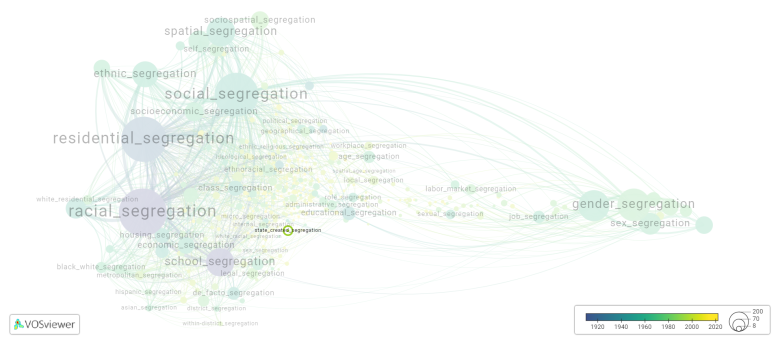State created segregation
Date and country of first publication[1]
2004
United States
Definition
State-created segregation refers to the systematic and institutionalized separation of individuals based on their race, ethnicity, or other characteristics by government entities. This form of segregation was prevalent in the United States during the 19th and 20th centuries, particularly in the southern states, where laws and policies explicitly mandated the separation of white and non-white individuals in schools, public facilities, and residential areas.
State-created segregation was enforced through laws known as Jim Crow laws, which mandated racial segregation in public facilities, transportation, and other aspects of daily life. This form of segregation also included laws that prohibited interracial marriage, restricted voting rights for African Americans, and enforced discriminatory housing practices.
The legalization of state-created segregation was eventually challenged and deemed unconstitutional by the Supreme Court in landmark cases such as Brown v. Board of Education in 1954, which declared segregation in public schools unconstitutional. Despite the legal victories against state-created segregation, its legacy continues to impact society today through ongoing racial disparities and inequalities.
See also
Related segregation forms
State created segregation is frequently discussed in the literature with the following segregation forms:
school segregation, housing segregation, legal segregation

This visualization is based on the study The Multidisciplinary Landscape of Segregation Research.
For the complete network of interrelated segregation forms, please refer to:
References
Notes
- ↑ Date and country of first publication as informed by the Scopus database (December 2023).
State created segregation appears in the following literature
Feagin J.R., Barnett B.M. (2004). Success and failure: How systemic racism trumped the Brown v. Board of Education decision. University of Illinois Law Review, 2004(5), 1099-1130. https://doi.org/
